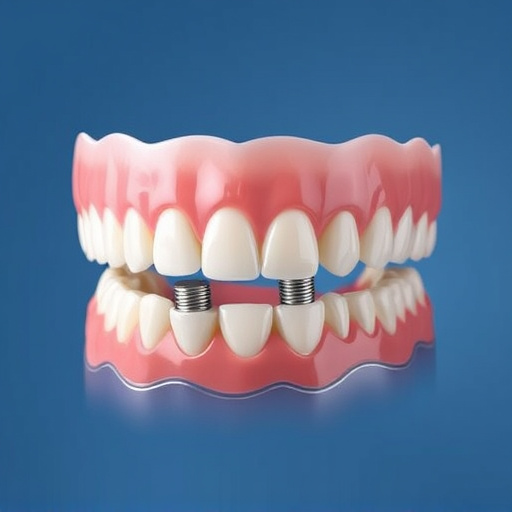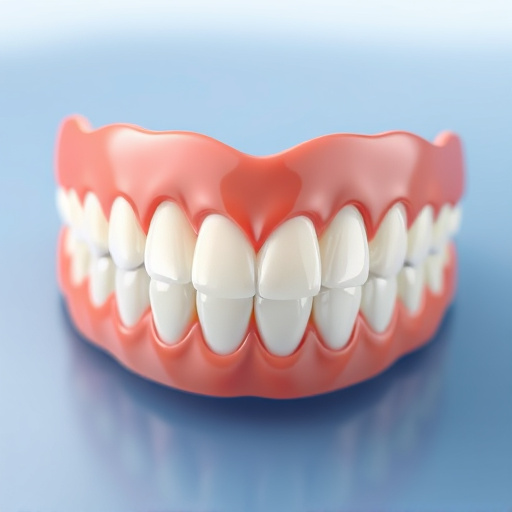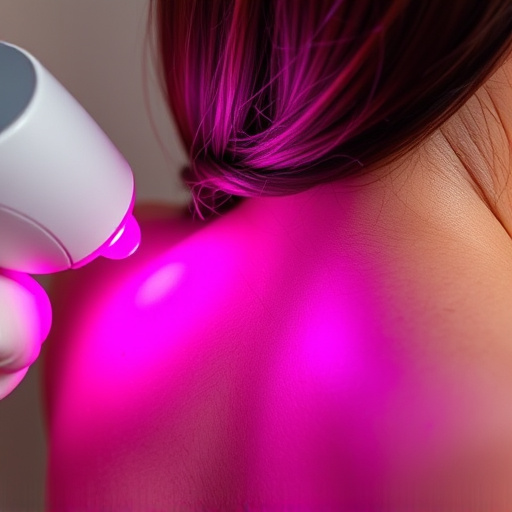Personalized treatment plans revolutionize beauty and wellness by offering tailored solutions based on skin type, age, lifestyle, and specific concerns. They enhance client satisfaction, improve outcomes, and foster long-term loyalty, making them a key strategy for medical spas. Effective tracking systems capture key metrics before, during, and after treatments, enabling providers to optimize results. Digitalization streamlines data collection, and patient education through personalized emails or video consultations increases engagement. Feedback mechanisms like questionnaires or app-based tracking enhance satisfaction and commitment, ensuring patients receive tailored care for microneedling, body contouring, or skin rejuvenation.
Personalized treatment plans are transforming healthcare, offering tailored interventions for optimal patient outcomes. This article explores how to efficiently track progress within these dynamic approaches. We delve into the significance of personalized treatment plans, their unique benefits, and effective tracking strategies. Additionally, we discuss engagement-boosting tactics to enhance adherence, ensuring successful implementation. Discover key methods to monitor and optimize personalized treatment plans, empowering healthcare providers to deliver enhanced care.
- Understanding Personalized Treatment Plans: Their Significance and Benefits
- Implementing Effective Tracking Systems for Progress Monitoring
- Strategies to Enhance Engagement and Adherence in Personalized Treatment Programs
Understanding Personalized Treatment Plans: Their Significance and Benefits

Personalized treatment plans are a game-changer in the beauty and wellness industry, offering a tailored approach to achieving optimal results. Unlike one-size-fits-all methods, these plans recognize that every individual’s needs and goals are unique. By taking into account factors such as skin type, age, lifestyle, and specific concerns, personalized treatments provide targeted solutions. This highly customized approach ensures that each client receives the most effective and efficient care.
The benefits of personalized treatment plans are vast. They enhance client satisfaction by addressing individual needs directly, leading to better outcomes. For instance, a medical spa offering specialized services like pore refinement and anti-aging treatments can create custom protocols for clients seeking specific improvements. This level of customization not only caters to diverse preferences but also fosters long-term loyalty and client retention, ensuring a successful and thriving business model.
Implementing Effective Tracking Systems for Progress Monitoring

Implementing effective tracking systems is a cornerstone of successful personalized treatment plans. By integrating robust progress monitoring tools, healthcare professionals can gain valuable insights into patient responses and adjust treatments accordingly. This data-driven approach ensures that each patient receives tailored care that aligns with their unique goals and needs, whether it’s for microneedling therapy, body contouring, or skin rejuvenation.
A well-designed tracking system captures key metrics before, during, and after treatment sessions. These metrics could include visual assessments of skin texture and tone, measurements of specific areas of interest, and patient-reported outcomes. Digitizing this process facilitates seamless data collection and analysis, enabling providers to quickly identify trends and make informed decisions. This continuous evaluation not only optimizes results but also boosts patient satisfaction by demonstrating active engagement in their treatment journey.
Strategies to Enhance Engagement and Adherence in Personalized Treatment Programs

To enhance engagement and adherence in personalized treatment plans, it’s essential to involve patients actively in their skin care journey. Educating them about the science behind their tailored regime, including the benefits of specific procedures like chemical peels or professional skincare treatments, fosters a sense of empowerment and commitment. Regular communication, such as personalized emails or video consultations, allows dermatologists to address concerns, offer encouragement, and make adjustments to keep patients motivated.
Additionally, incorporating feedback mechanisms into the treatment process can significantly improve patient satisfaction and adherence. This could involve pre- and post-treatment questionnaires, app-based tracking, or even simple check-ins during facial treatments to gauge progress and adjust plans accordingly. By creating a collaborative environment that values patient input, healthcare providers build trust and encourage long-term commitment to their personalized treatment plans.
Personalized treatment plans, backed by robust tracking systems and enhanced engagement strategies, offer a transformative approach to healthcare. By understanding individual needs and monitoring progress effectively, we can significantly improve outcomes. Implementing these strategies ensures that patients are not only adhering to their plans but also actively involved in their journey towards better health. This tailored and data-driven approach is key to revolutionizing care management and achieving remarkable results.














